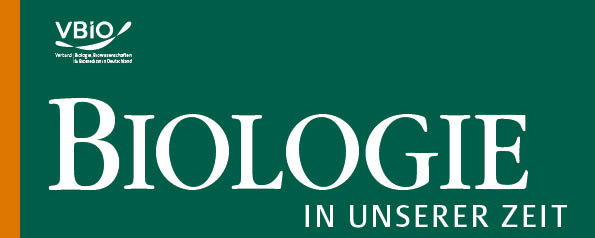How bacteria devour algae
Sweet feast with multiple courses
DOI:
https://doi.org/10.11576/biuz-4104Keywords:
Algenblüte, Nordsee, Bakterien, Polysaccharide, Mikrobiologie, KohlenstoffkreislaufAbstract
The massive growth of tiny algae in the ocean, the phytoplankton, causes a so-called algae bloom to form every spring in the North Sea. The algae not only form the basis of the food chain, they also serve as food for bacteria, which decompose the algae and their remains. For the bacteria, it is not decisive which types of algae are present, but which polysaccharides they contain. Based on the bacterial genomes, we can see which bacteria are present, which sugars they might break down and what function they presumably have in the carbon cycle. Long-term studies, observatories and bioarchives are essential for this research, which is particularly relevant in view of climate change.

Downloads
Published
How to Cite
Issue
Section
License
Copyright (c) 2021 Prof. Dr. Rudolf Amann, Fanni Aspetsberger

This work is licensed under a Creative Commons Attribution-ShareAlike 4.0 International License.

